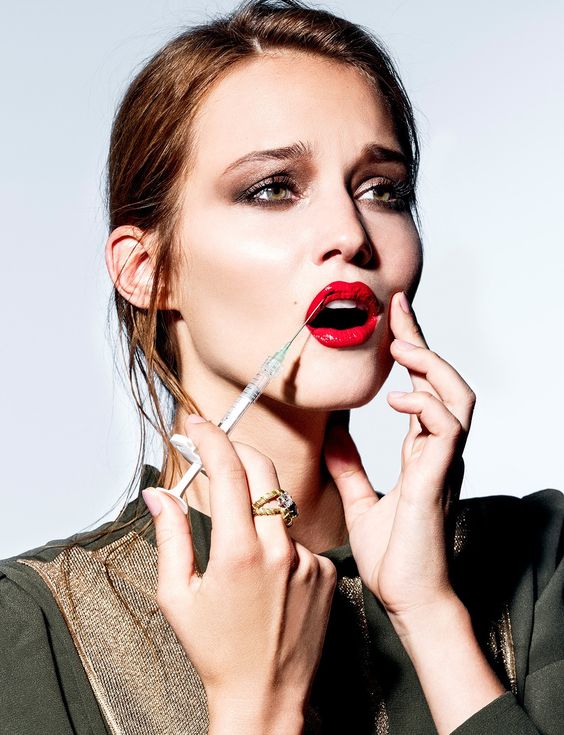
You Really Get What You Pay For
We have all heard of the saying “you get what you pay for”. When you purchase something based on price alone, you should be prepared that a cheaper item will likely be of lower quality compared to a higher priced item. Beauty treatments are no different, in fact, the probability of this being true is almost 100% when you compare FDA-approved treatments versus cheaper knockoffs in the market.
Aesthetic treatments often start from several hundred for zero downtime lasers to several thousand for premium skin tightening or body shaping treatments. Laser toning, for example, a quick, low fluence (energy) skin toning laser treatment to brighten skin and refine pores, can range between under $50 per session to well above $500 per session. It is not difficult to find a $50 laser toning treatment, but there are caveats. For example, these treatments are often sold in large packages so the eventual financial outlay is definitely substantial even though per session-wise it sounds like an unbelievably good deal. Secondly, these establishments promote overly frequent treatments in packages bound by short validity periods (as many as 1 session per day!) and these have been found to result in side effects. Lastly, a $500 laser treatment may well be safer and more effective compared to a month of $50 treatments with sub-par medical equipment, or worse, medical equipment that should never have been used in the first place.

A paper published by The National Skin Centre discussed the rise of overly frequent Q-switched Nd:Yag lasers in Singapore resulting in insidious patches of hypopigmentation (white spots) due to permanent loss of one’s natural skin pigments (i.e. what gives you your normal skin colour). These mostly arose from clinics selling large laser toning packages with “cheap” per session prices, but the validity periods of such packages are usually too short, forcing patients to go for overly frequent treatments. Experts say that laser toning treatments should not be done more frequently than once every 2 to 3 weeks. For conditions such as melasma, the frequency should be even lesser.
It Might Actually Be Dangerous
When you pay for an aesthetics treatment, a lot of people forget that you also pay for the doctor’s expertise and experience, as well as the product that will be used on your face. For example, facial fillers are meant to be injected by a trained aesthetician – a certified medical professional. This means that you are paying for someone who has knowledge of the anatomy, and they know all the risks involved in the procedure. You are also paying for an authentic product which has been rigorously researched and tested for its safety. Underground beauty salons offering filler injections is definitely not unheard of, but the chances of them using unapproved filler materials are high, as these tend to be cheaper and easier for unlicensed establishments to procure compared to the ones approved by FDA and local health authorities.
Read More: The Cost of Beauty- Rogue Aesthetic Treatments On The Rise
Importantly, reports of unauthorized medical devices passing off as the originals have been reported. Thermage and Ulthera are genuine skin tightening and skin lifting devices designed only for use by qualified doctors. In the wrong hands, these devices have been known to cause side effects such as skin burns and nerve damage. A surprising number of beauty salons have been found to offer Thermage and Ulthera treatments illegally in the last 3 years. These are dangerous and unethical because one can be almost certain that these are counterfeit devices which are not made and tested by the original manufacturer and operated by a salon therapist at best.
So if you find a cheaper Thermage or Ultherapy treatment in any place except a doctor’s clinic, you can be sure it is a fake. Know that not every aesthetic clinic uses Ulthera or Thermage, they might use cheaper knockoffs which are not the same but are still meant for use by doctors. For Ulthera, look for authenticity certificates or stickers which will be seen at the lower right corner of the monitor. If it looks strange for example: “HIFU skin tightening” or “Ultrasound Skin Tightening” instead of “Ultherapy“…you probably have a fake (either it’s a look a like or it’s a completely different service).

Know that not every aesthetic clinic uses Ulthera or Thermage, they might use cheaper knockoffs which are not the same but are still meant for use by doctors.
Read the following links for stories of counterfeit Thermage treatments in Singapore.
Read More: Beauty Salons Using Fake Anti-Wrinkle Machines
Read More: Solta Medical Raids Distributor Of Counterfeit Thermage Machines
People Can Tell The Difference
Wearing a Chanel tweed coat will turn heads, because people can distinguish cheap copies from the undeniable quality and unrivaled attention to detail in a Chanel. But for most people, having aesthetics treatments done is the complete opposite. You need to see the improvements but it should not be the topic of tomorrow’s lunch with your colleagues. For example, cheek fillers should volumize and lift saggy cheeks but an experienced doctor knows that more is not always better and will tailor a harmonizing treatment to rejuvenate an aging or tired face rather than treat every face using a standard template.

So as it stands, when it comes to beauty treatments, cheap is almost never better. Research carefully before you jump into a bargain, afterall, you were willing to invest in your face, so why not do better?
